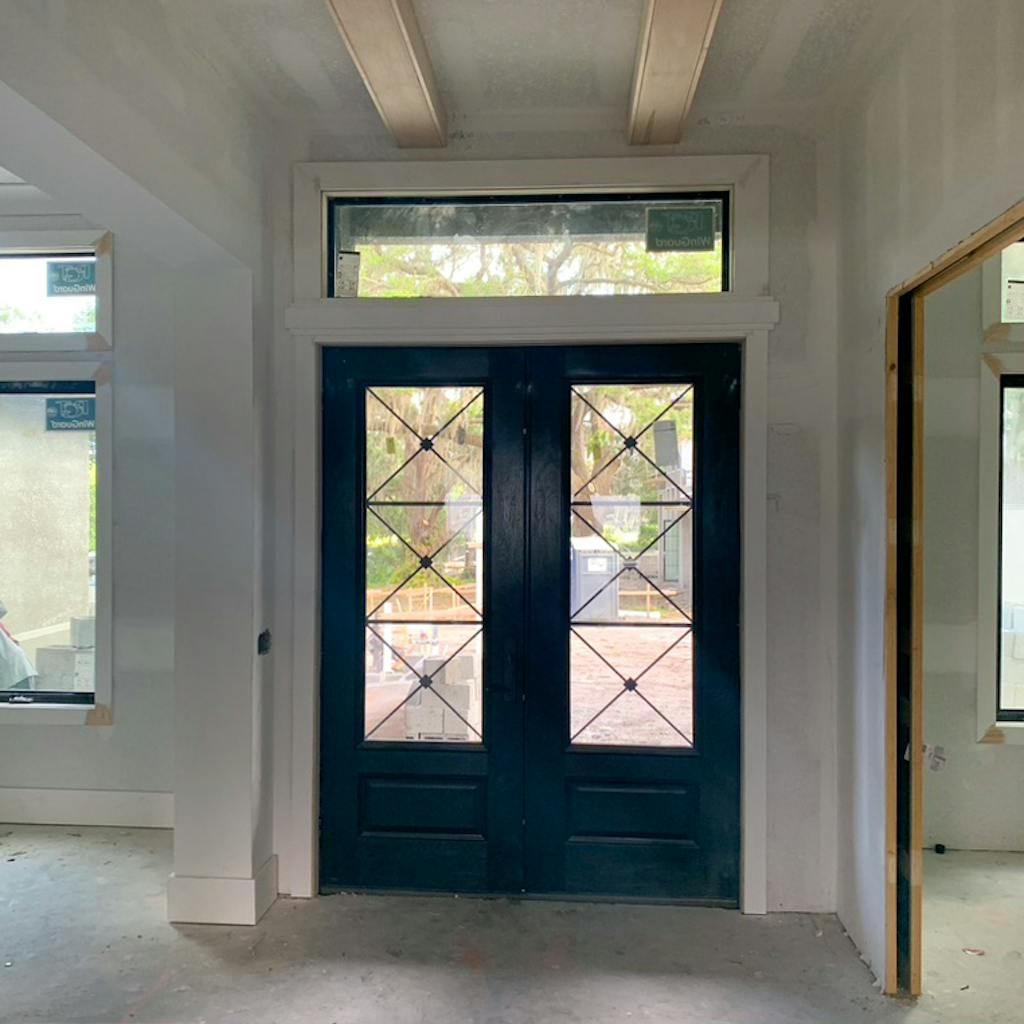Drywall and Finishes – Union Street, Clearwater, FL
Jul 16, 2021
4 min read
Stay updated with our work process. This way, you can be assured that you're considering the right home builder.

There is nothing like a home that has finally reached the drywall stage. It’s the time that turns the inside of a home to start feeling like a home, rather than a mash of sticks and wire to the untrained eye. A particular sequence needs to be followed before a painted finish coat, and I’ll explain it below.
1. Drywall
So, after all the rough-in mechanical, plumbing, and electrical systems are inspected and the insulation is put in place, it’s time for drywall. Drywall is a type of gypsum board used all across North America. It is faster than plaster (a spreadable soft cement) and much less costly than precast cement walls. Drywall is generally made of gypsum, paper, and additives such as mica, clay, and resin, produced in sheets that give it a little flex and permeability.
Sizing and considerations
The two common thicknesses are a thinner 1/2″ and a thicker 5/8″ (we avoid anything thinner). The 1/2″ is typically used in sidewalls, and 5/8″ drywall is used for ceilings. While 5/8″ is heavier, it’s also stiffer and prevents sagging between the ceiling rafters. Realistically 1/2″ or 5/8″ can be used for the walls. 1/2″ is more economical and standard. 5/8″ drywall will require additional design consideration for doors jams, windows, and around bathtub/showers that could unnecessarily surprise a homeowner. The sound difference is negligible even though it might be advertised.
Drywall is available in various lengths or widths, so most walls can be covered in one or two lengths. Did you know that drywall is hung (or industry term for installed) horizontally to produce 25% fewer seams? It also helps to hide uneven studs and is easier to finish.
A home is not entirely covered in drywall on the inside, even though it may look like it. Certain areas use a different type of sheeting, like a cement board.
Moisture-resistant cement boards, along with waterproofing membranes, are used for wet areas to prevent disintegration or swelling when exposed to water. Normal household drywall will mold when it gets wet, as it acts as food for these microorganisms, while the cement board resists the growth of mold altogether.
Cement board is also approved for use by hot areas and have one or more hours of fire rating in assemblies and is UL Classified.
2. Taping
Drywall tape has only one purpose, to help make the seams invisible. That it! There is no holding strength at all (that’s where the drywall screws come in). If you skipped the tape and just used joint compound (mud) to fill in the seams, the seams would become visible again after the compound dried or over time as the home expands and contracts with the moisture in the environment.
Whenever you see these kinds of drywall pictures, the tape is at every drywall edge. Long horizontal lines and the 4 feet vertical lines indicate where the tape is located on the walls. Also, tape bonded with metal is used for the corners to ensure a nice 90-degree angle is kept even when we bump into it.
3. Mudding
The joint compound (known by pros as mud) comprises mainly of gypsum dust mixed to a cake frosting-like consistency. All the tape is covered by the joint compound to make the walls seem smooth, as mentioned above, but it’s important to note the small white patches. These are for covering drywall screws. Drywall screws are black because they have a phosphate coating that is supposed to keep the wet drywall compound from causing the screw head to rust. The nice thing about having a naturally dark screw coating is seeing if you missed covering a screw with mud.
The application of the joint compound to the ceiling is called ceiling texture. Texturing the ceiling was considered an inexpensive way to add additional acoustic treatment to a room and a way to add interest to a rather plain “plane.” Originally spray-on texture was also a way to hide a multitude of sins of inexpertly finished gypsum board ceilings. While it is still used for this purpose, we purposely take pictures at this stage for quality control and to showcase our work.
4. Finishes
As we hinted above, the quality of the drywall work is usually found at the finishing stages. Can you see wide gaps between a straight piece of manufactured crown molding or ceiling beams? The better the workmanship, the smaller the gap. Do the corners line up when the finisher has to complete the trim around a door? These are important questions to ask and to look for in your own home.
I hope you enjoyed this little primer and viewing the work on our current job!
This one is in Clearwater and we're open to future home projects in the following location: Tampa, Lutz, and Dunedin. Are you interested in building your projects with a trusted general contractor/renovator/custom home builder?
We hope you do because we're here to help you :)!
This article was last updated on Dec 12, 2025
Share